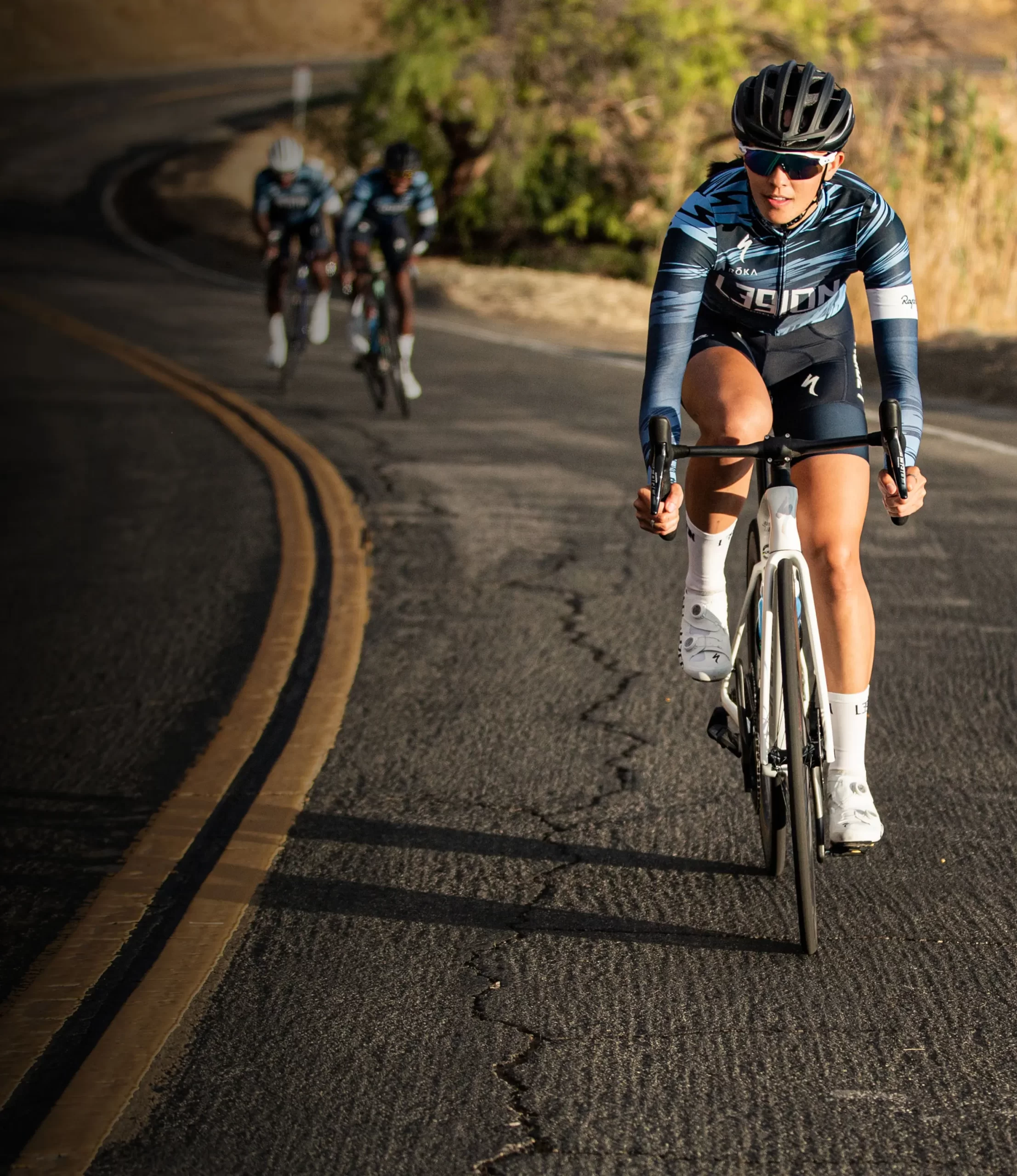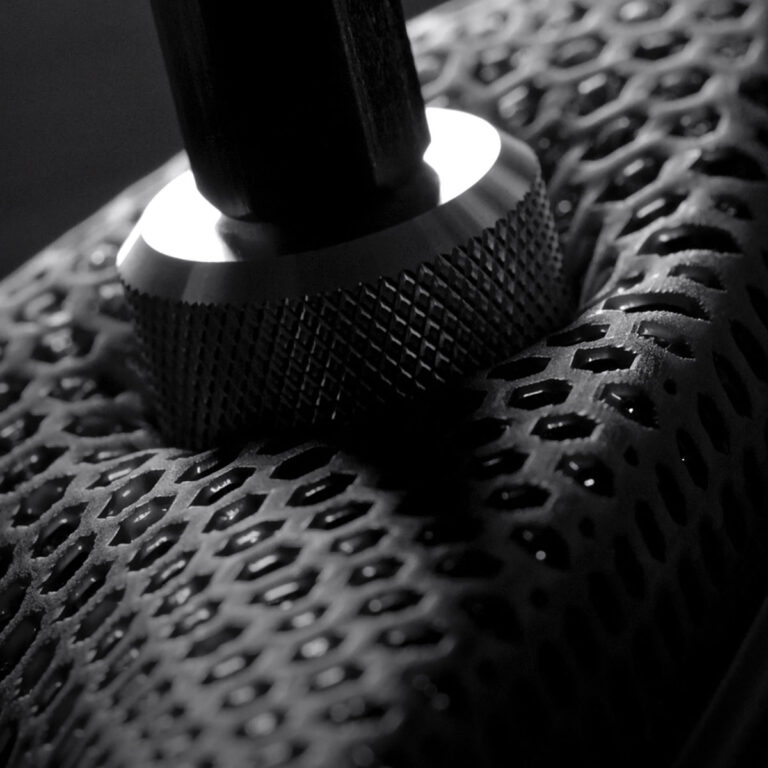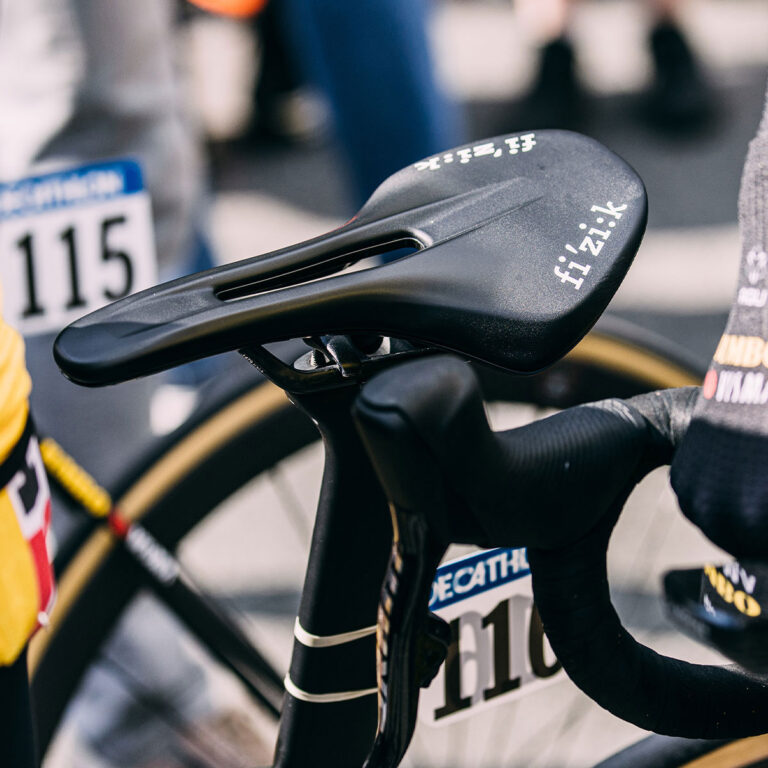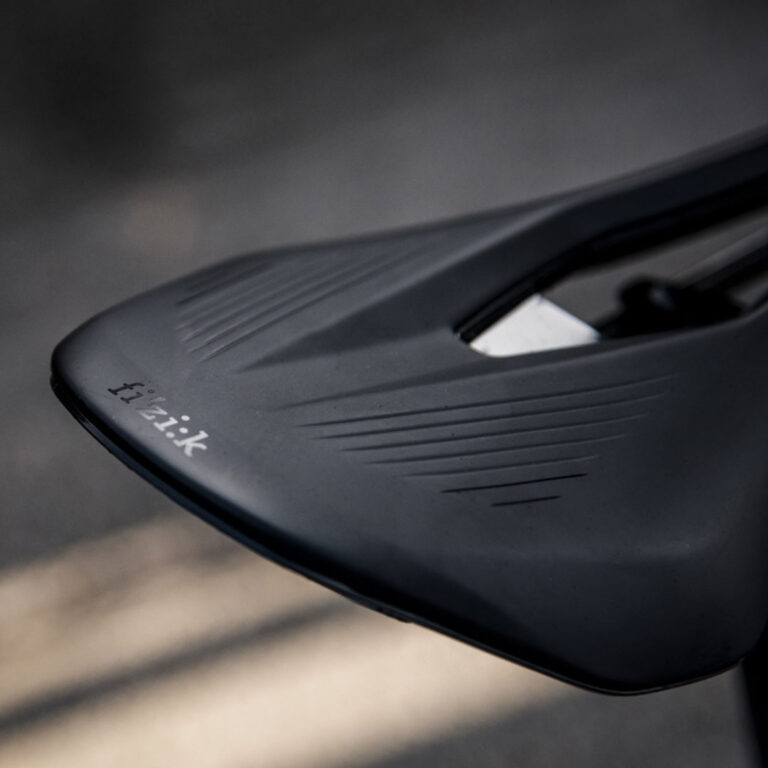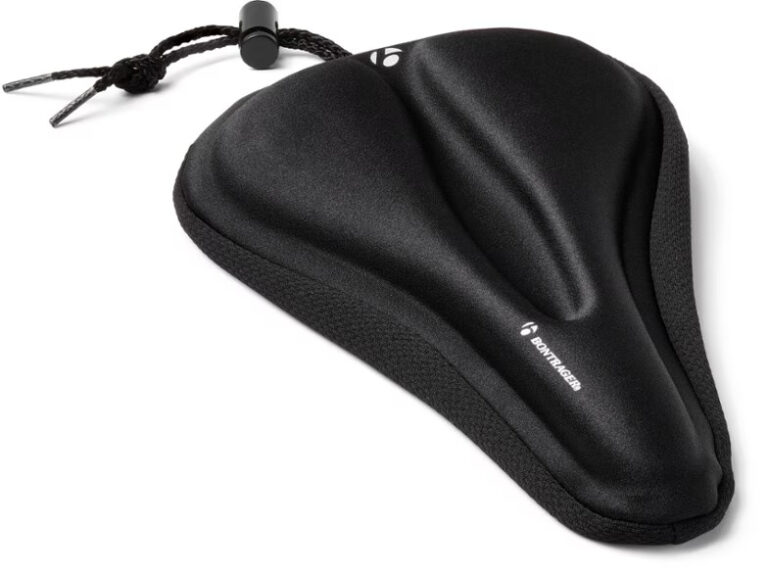Care and Maintenance of Road Bike Saddles: Ensuring Longevity and Comfort
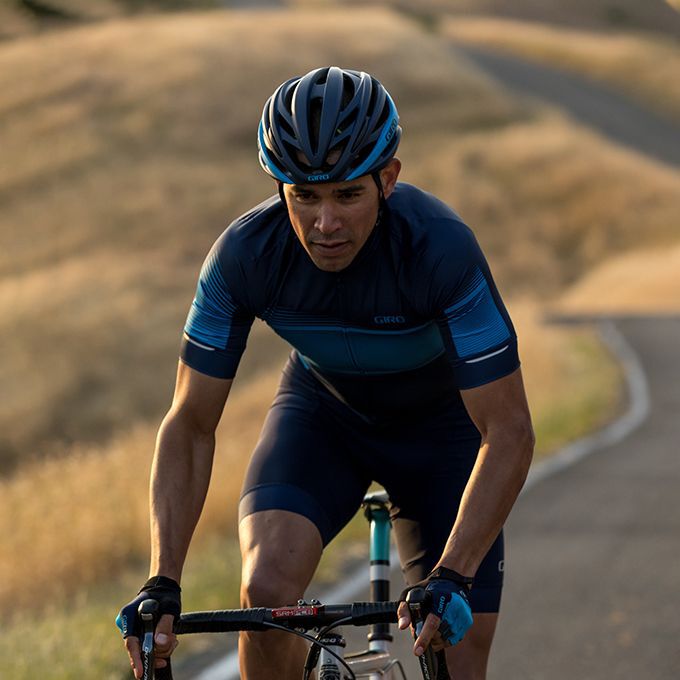
Key Point Summary of Care and Maintenance of Road Bike Saddles:
- Regular Cleaning: Keeping your saddle clean extends its life and maintains its appearance.
- Inspection for Wear and Damage: Regular checks can prevent minor issues from becoming major problems.
- Proper Installation and Adjustment: Ensuring your saddle is correctly mounted and positioned enhances comfort and avoids unnecessary stress on its components.
- Use of Protective Covers: When appropriate, protect your saddle from the elements to prevent premature wear.
- Storage and Care: How and where you store your bike can affect the condition of your saddle.
The saddle is one of the three touchpoints between the cyclist and their bike, making it a crucial component for comfort and performance on the road.
As someone deeply immersed in the cycling world—racing and riding across various disciplines like mountain biking, gravel, and cyclocross—I’ve learned that maintaining your road bike saddle is key to ensuring both its longevity and your riding comfort. This guide is designed to help beginner and mid-level cyclists understand the importance of road bike saddle care and maintenance.
Regular Cleaning
The first step in saddle care is keeping it clean. Road grime, sweat, and moisture can degrade the materials over time, whether it’s a classic leather saddle or one made from modern synthetic materials. A gentle wipe with a damp cloth and mild soap can remove most surface dirt. For leather saddles, applying a specific leather conditioner after cleaning can keep the material supple and prevent cracking.
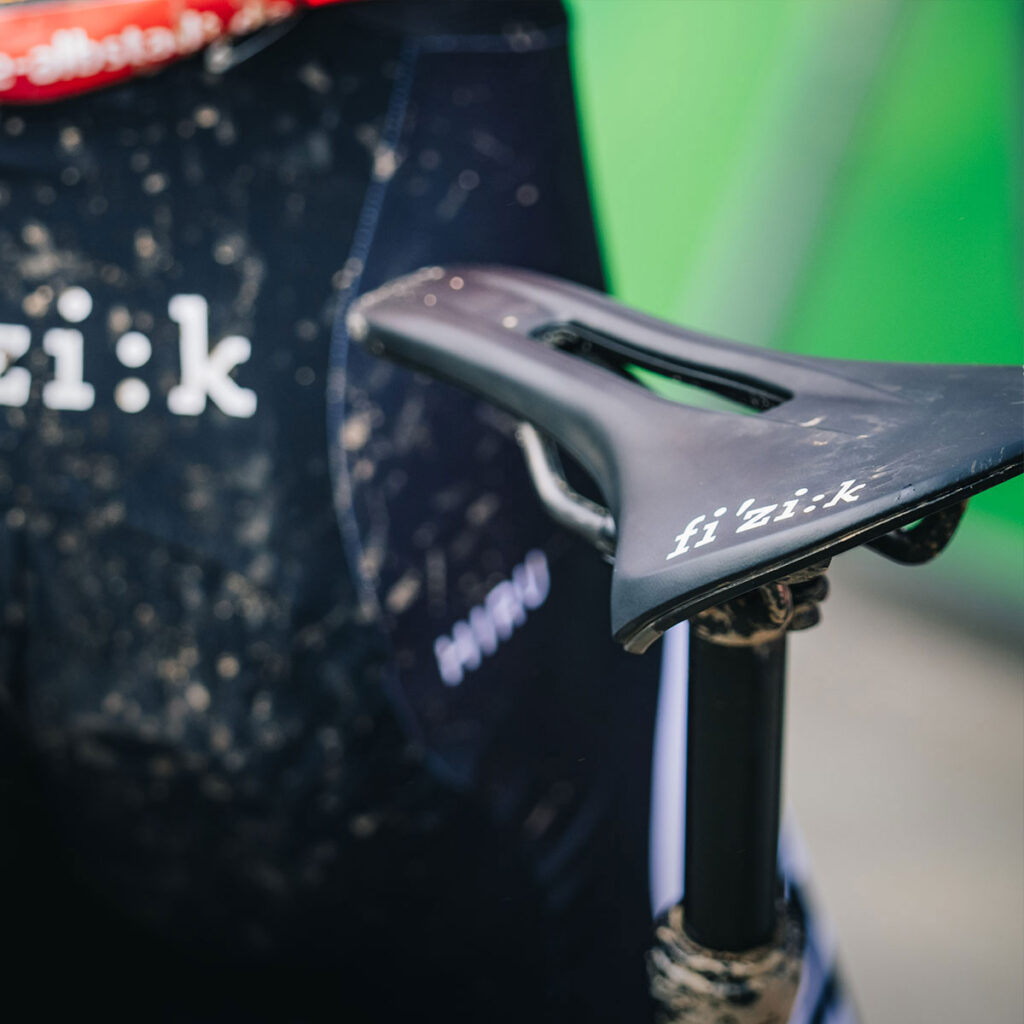
Inspection for Wear and Damage
Frequent inspections can catch early signs of wear or damage, such as stitching coming undone, cracks in the leather, or deformities in padding. Catching these signs early means you can address them before they affect your comfort or require replacement of the saddle. For synthetic saddles, look for signs of excessive wear or tears in the material, and for leather saddles, keep an eye out for hardening or discoloration.
Proper Installation and Adjustment
A correctly installed saddle not only provides optimal comfort but also reduces strain on its structure. Ensure the saddle rails are properly aligned and tightened to the manufacturer’s specifications to prevent slippage or movement, which can lead to premature wear. Regularly check that the clamp holding the saddle is secure but not overly tightened, as excessive pressure can damage the rails or the clamp mechanism.
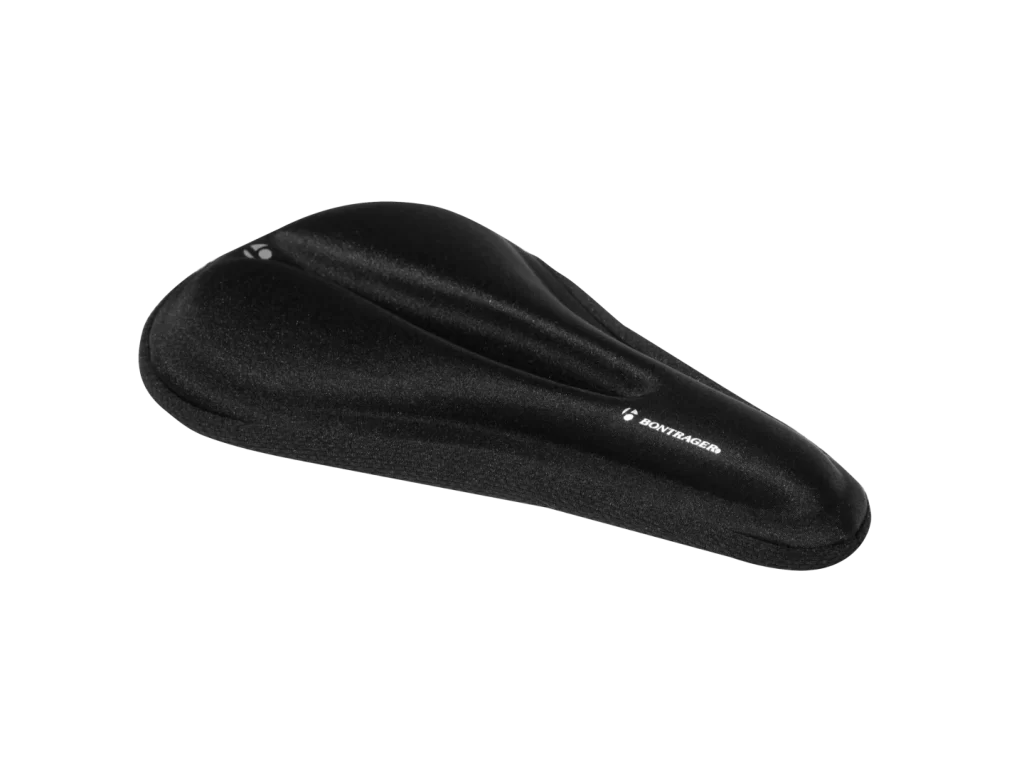
Use of Protective Covers
If you frequently ride in wet conditions or store your bike outside, consider using a saddle cover to protect it from the elements. Moisture can be particularly damaging over time, causing rust on metal components and deterioration of the saddle material. A protective cover can also shield the saddle from UV exposure, which can fade and weaken some materials.
Storage and Care
Where and how you store your bike can impact the longevity of your saddle. Avoid storing your bike in direct sunlight for prolonged periods, as UV rays can degrade both leather and synthetic materials. If storing your bike in a shed or garage, consider covering it to protect it from dust and moisture. Additionally, if you transport your bike on a rack, ensure the saddle is not subjected to unnecessary stress or pressure that could cause damage.

Based on the principles of care, maintenance, and the importance of a well-maintained saddle for road cycling comfort and performance, here’s a list of some of the best road bike saddles that stand out for their durability, comfort, and ease of maintenance:
- Fizik Aliante R1: Known for its comfortable yet race-oriented design, the Aliante R1 combines a carbon-reinforced nylon shell and a light, strong carbon rail, making it durable and easy to maintain.
- Selle Italia SLR Kit Carbonio: This saddle features a sleek, lightweight design with a carbon shell and rails, offering exceptional durability and comfort for long rides. Its minimalistic design also simplifies maintenance.
- Specialized Power Pro Elaston: With its innovative Elaston foam providing superior comfort and a reinforced carbon shell for durability, the Power Pro Elaston is designed for long-lasting performance and is easy to clean.
- Prologo Dimension Nack: This saddle stands out for its short nose, wide sitting area, and light carbon rail, providing a stable, comfortable platform for endurance riding and easy care.
- ISM PN 3.0: Featuring a unique design focused on eliminating pressure on soft tissue and ensuring proper blood flow, the ISM PN 3.0 is easy to clean and adjust, making it a favorite for both road cyclists and triathletes.
- Fabric Line-S Elite Flat: This saddle offers a central pressure relief channel, a durable design, and is made from materials that are easy to maintain, making it a great choice for daily riders and racers alike.
Each of these saddles is recognized not just for its comfort and performance on the road but also for its build quality and ease of maintenance, ensuring that cyclists can enjoy both optimal comfort and longevity from their saddle choice. When selecting a saddle, consider factors like your riding style, preferred position, and maintenance commitment to find the perfect match for your road cycling needs.
FAQ
How often do you need to replace a saddle on a road bike?
There’s no set timeline for replacing a road bike saddle; it depends on its condition, comfort, and any signs of wear or damage. If you notice significant discomfort, material degradation, or structural issues, it’s time for a replacement.
What is the life expectancy of a bike saddle?
The life expectancy of a bike saddle can vary widely, from a few years to over a decade, depending on the material quality, usage frequency, maintenance, and storage conditions.
How do you condition a leather bike saddle?
To condition a leather bike saddle, clean it first with a damp cloth, then apply a leather conditioner or specific saddle cream sparingly with a soft cloth, allowing it to absorb and dry according to the product instructions.
How do I protect my bike saddle?
Protect your bike saddle by regularly cleaning it, using a protective cover when stored outside or in potentially damaging conditions (like rain or direct sunlight), and applying appropriate conditioners or protectants for the saddle material.
Wrapping Up
Maintaining your road bike saddle is not just about preserving its appearance; it’s about ensuring your comfort and the longevity of a key piece of your cycling equipment. Regular cleaning, timely inspections for wear and damage, correct installation, and thoughtful storage practices can significantly extend the life of your saddle. By adopting these maintenance habits, you can ensure that your saddle remains a reliable and comfortable companion on all your road cycling adventures.
John
